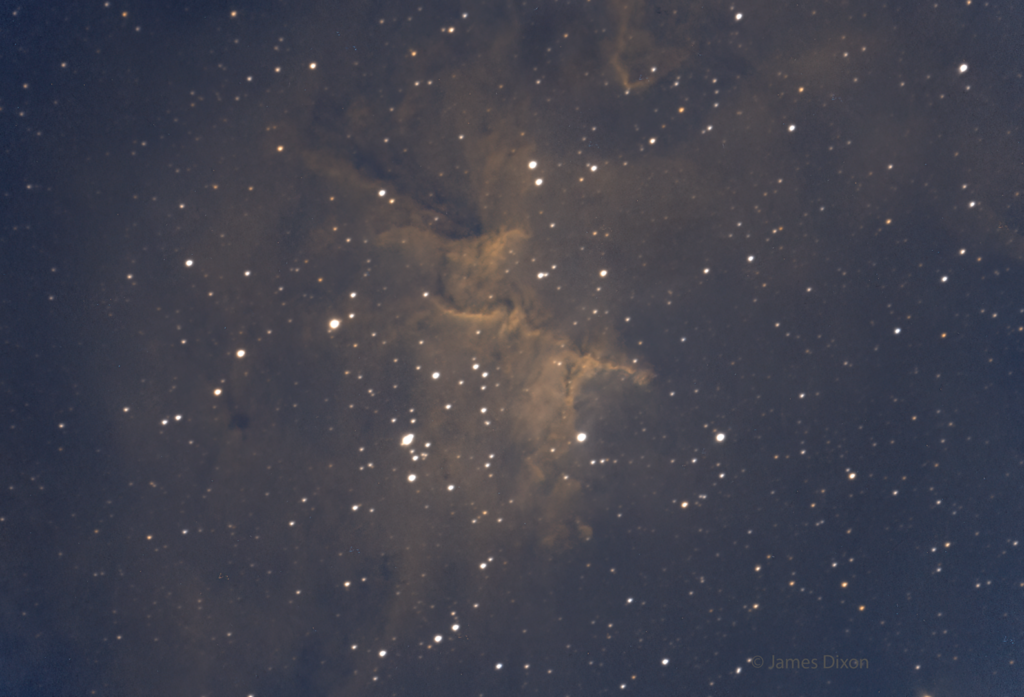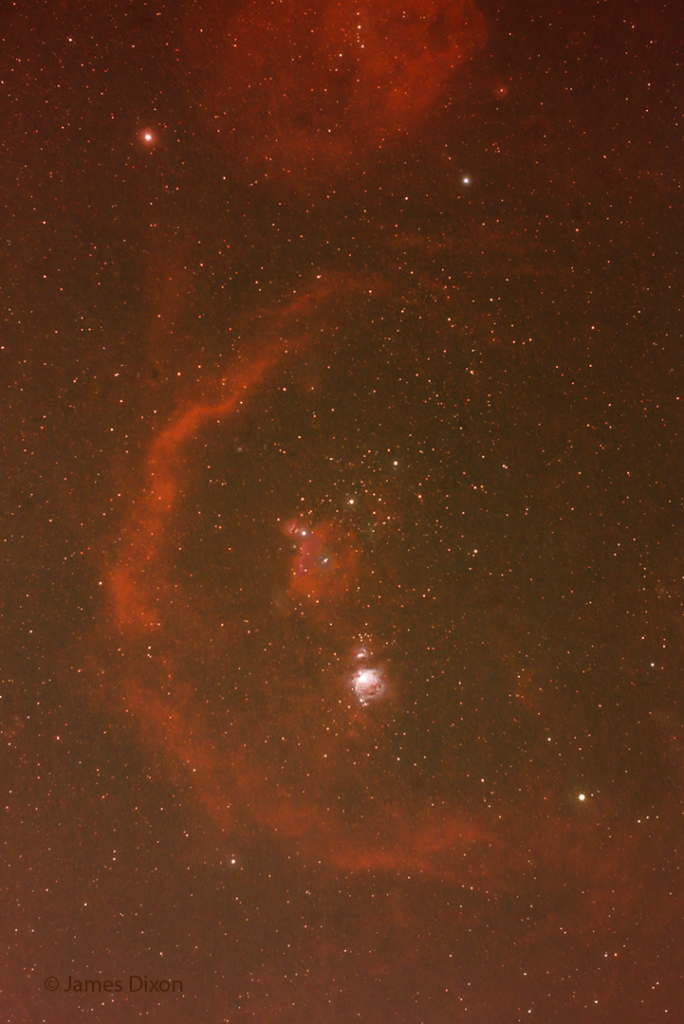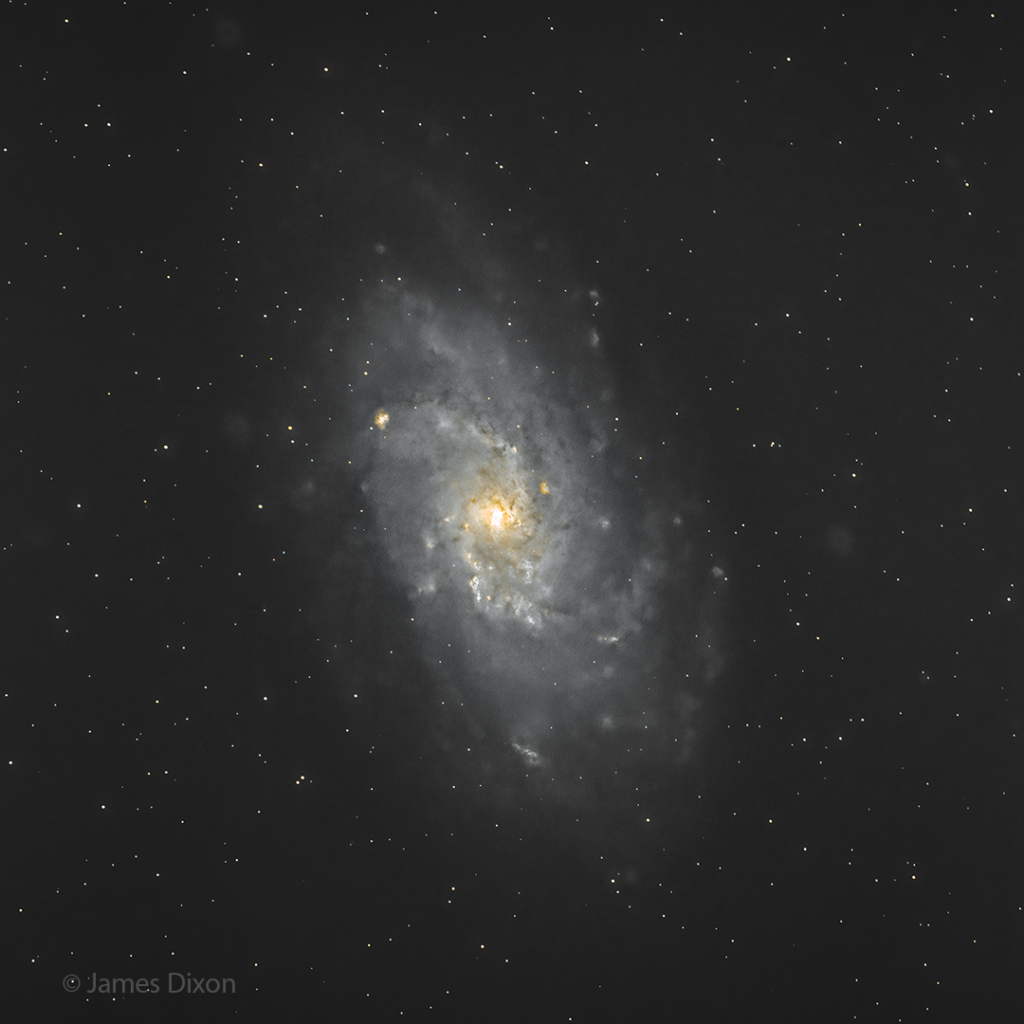Technically, I think Melotte 15 is the star cluster here that is carving the nebulosity that you see from the larger Heart Nebula (here) but I think most people think of this nebulosity when they hear the name.

This was taken Saturday night at the River Ridge Observatory under a nearly full moon. The scope was pointed away from the Moon and I used a dual narrowband filter to reduce it’s impact. I had just swapped out my Hyperstar adapter with the secondary mirror and returned to imaging in a more conventional way, albeit with a 0.63 reducer/corrector. F/6.3 and focal length of 1760mm instead of f/1.9 and 530mm. 28 5 minute subs went into this image, stacked with DSS and processed in Photoshop.
I also used the evening to test a new power supply. You’ve heard of Jackery and Bluetti. They have entry level models with about 250 WHrs for about $250. I couldn’t justify that as I almost always have electricity handy. Then I saw an ad from Walmart for their Onn house brand offering a 220 Whr power supply for $99. I got one and after it arrived and I had a chance to check it out, ordered another. One powered the mount, the dew straps, and the camera for four hours using up just over 50% of capacity. I did not include my laptop because I did not yet have a way to run it off of 12V. I think the two will be more than enough to run everything all night if I find myself without electricity like at a dark site.



